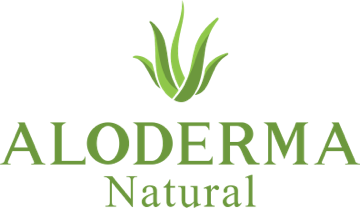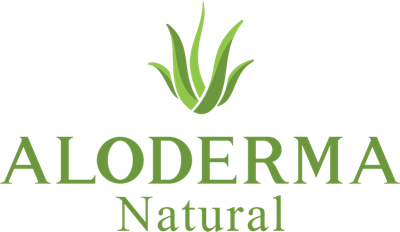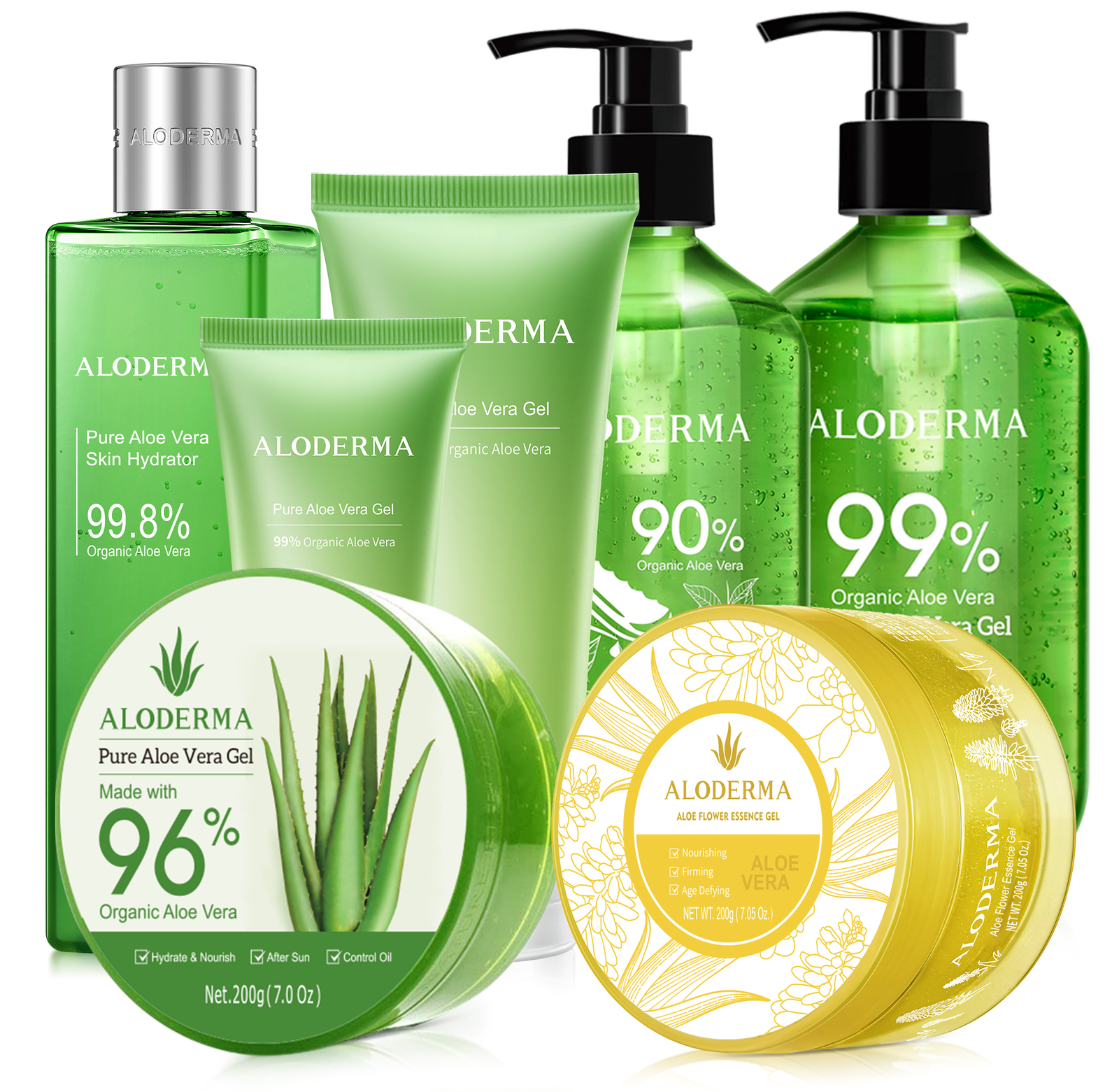The many positive health benefits of Aloe Vera have been a subject of study for years. Aloe Vera is used as an active ingredient in sunscreens, burn ointments, balms, lotions and numerous cosmetics. The ample amount of amino acids, enzymes, and other active compounds found in the plant’s gel make it a natural antiseptic, astringent, and an overall wellness aid. Application of Aloe Vera can speed the healing time of types of burns, cuts, rashes, scrapes, and lesions, and even supports other functions such as digestion.
THE RESEARCH BEHIND ALOE VERA AS AN ANTINFUNGAL
With all the health benefits that Aloe Vera provides, it is somewhat surprising that, until recently, as a subject of study, Aloe Vera’s antifungal properties were overlooked. Research was first conducted in 2004 at the University of Mexico. There, scientists studied the effects of Aloe gel when applied to three different fungi. In each case, the gel inhibited the fungi’s ability to spread substantially.
This was the first time Aloe Vera antifungal properties were officially studied. With the promising results, within the decade, more studies were undertaken. In one, researchers had isolated a protein within the Aloe Vera gel - 14kDa - that actually performed as an antifungal agent. Tested on several strains of Candida, 14kDa clearly showed potent suppressive activity on the fungi. The researchers recommended utilizing the protein as a basis for the development of further medicinal products.
WHY ARE ANTIFUNGALS IMPORTANT?
That Aloe Vera was shown to be an effective, natural antifungal agent was welcome news in combating fungal infections. Certain species of fungi have long been recognized as harmful to human health. We are all exposed to fungi. It is a very common organism, with millions of species throughout the world, whether single-celled or multicellular, fungi thrives. They live on plants and animals, in the air, in water and in soil. They even live on and in humans. Molds, mildew, yeasts, and mushrooms are all types of fungi and the overwhelming majority of them are harmless. Some are even beneficial. There are many groups of organisms that rely on types of fungi for their survival. In efforts to control various human diseases, fungi has been and is used to develop antibiotics and antitoxins.
ALOE VERA ANTIFUNGAL USES
Aloe Vera offers a natural way to treat stubborn and persistent fungal infections. When applied, it can support comfort and sooth itching associated with athlete's foot and jock itch. Fungal-related dandruff can also be treated with Pure Aloe Gel, with applications thirty minutes before shampooing. There are no known side effects or reactions from Aloe Vera. The gel inhibits fungal growth and the plant’s generous amount of nutrients and vitamins are easily absorbed by the body.
Studies support Aloe Vera antifungal properties, adding to a long list of well-documented benefits. Aloe Vera naturally suppresses fungal growth and can help to bring relief to certain skin conditions. With its many beneficial health-related properties Aloe Vera is one of the leading effective botanicals with a wide range of applications.





